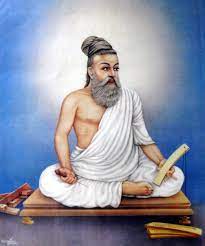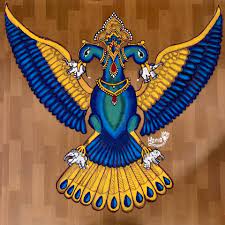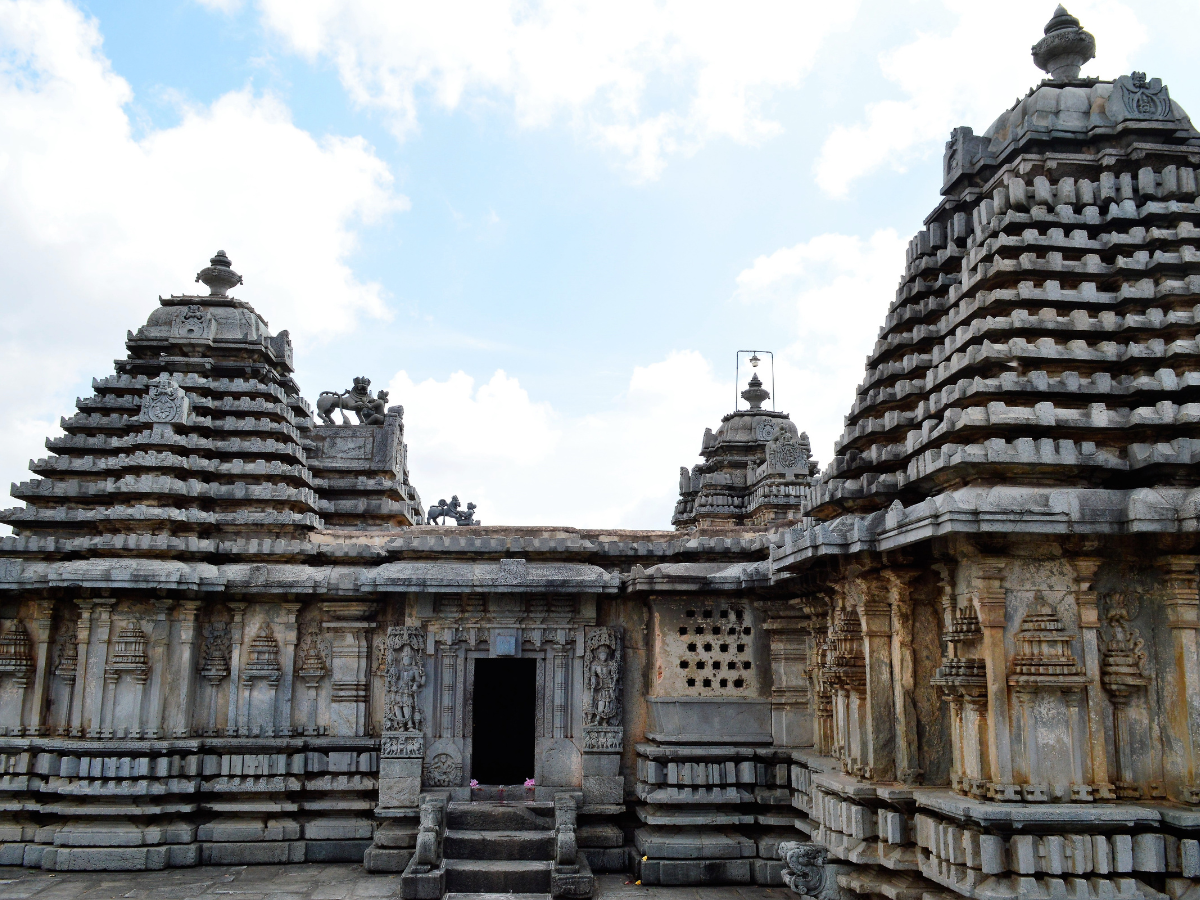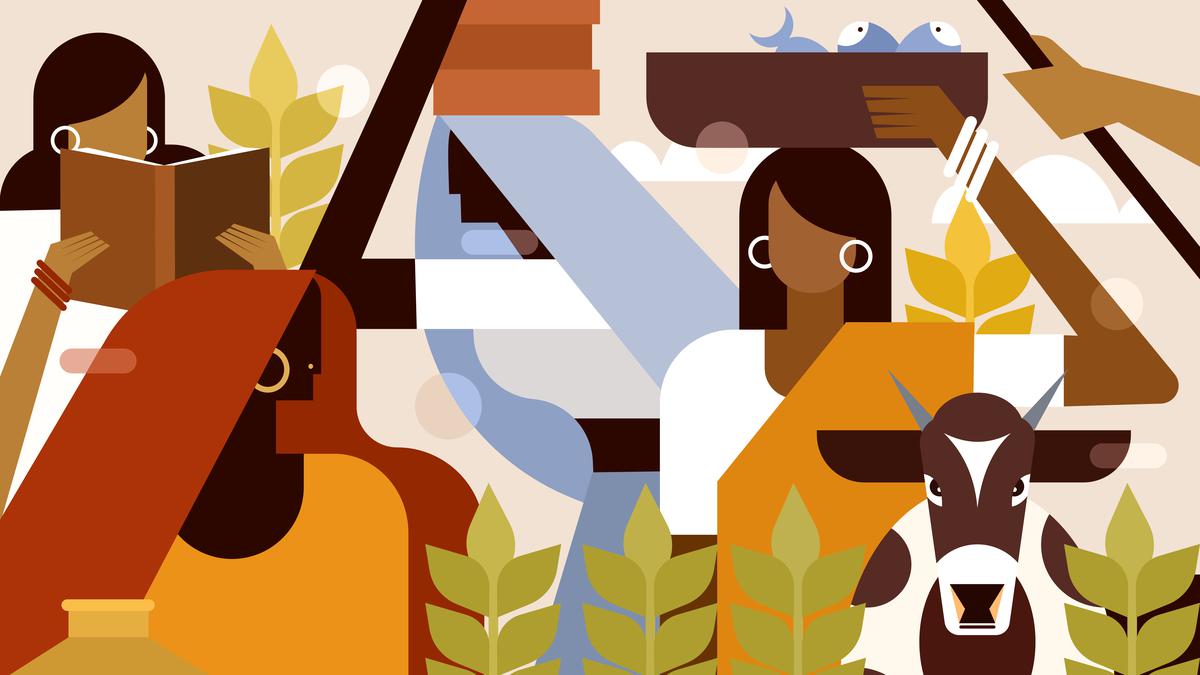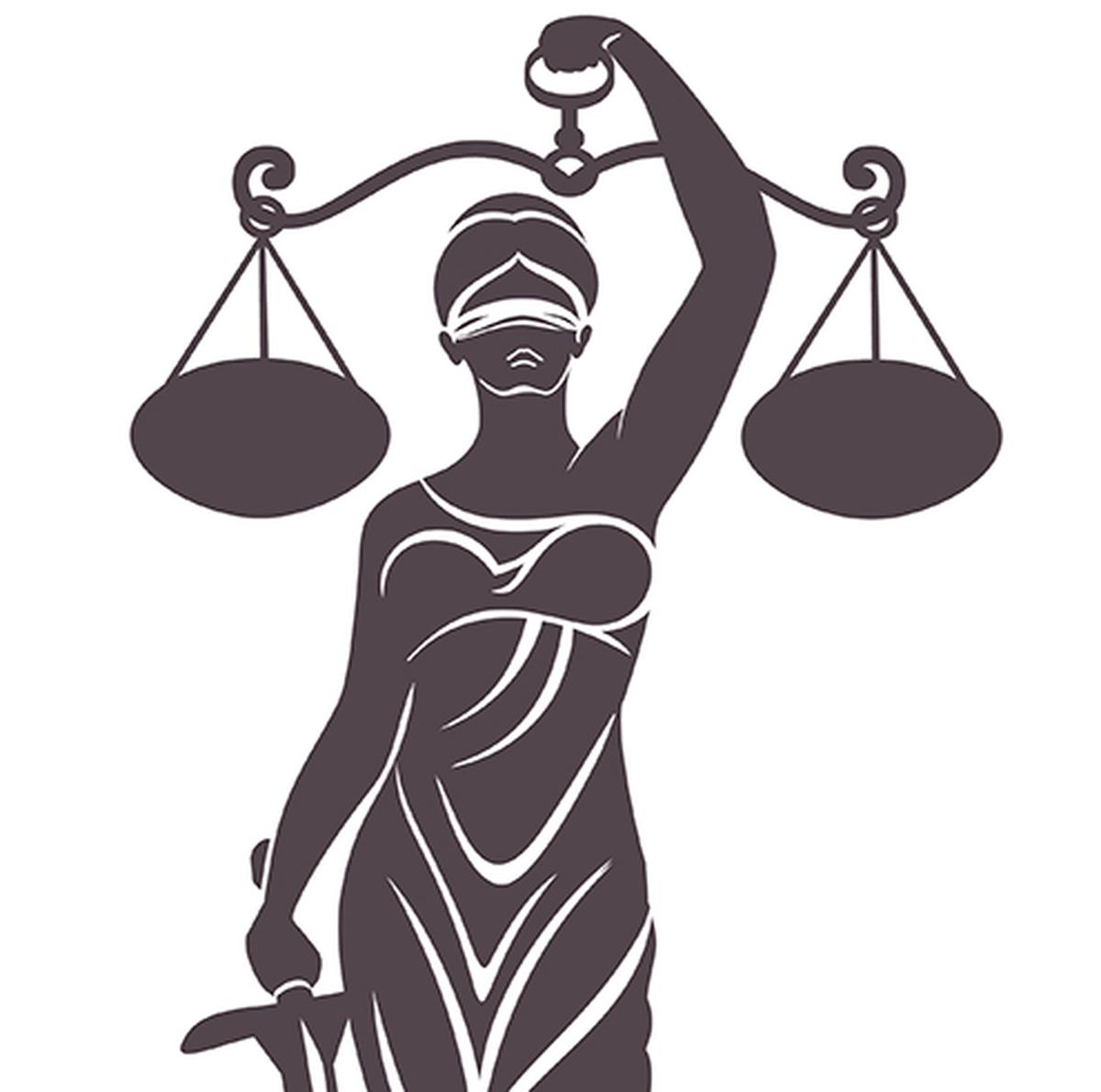- The Prime Minister’s recent actions honouring the 94th anniversary of the Dandi March at the Sabarmati Ashram are an important step towards the redevelopment and extension of this historic landmark.
About Sabarmati Ashram
- The Sabarmati Ashram, founded by Mahatma Gandhi in 1917, is historically significant in India’s war for independence as well as Gandhian philosophy.
- The ashram, located on the western bank of the Sabarmati River north of the village of Juna Vadaj in Ahmedabad, Gujarat, became a focal point for many Gandhi-led initiatives and experiments.
Key Movements and Initiatives
- Champaran Satyagraha (1917): Gandhi used the ashram as a base for his participation in the Champaran Satyagraha, a protest against oppressive indigo planters in Bihar.
- Gandhi launched the Khadi Movement (1918) from Sabarmati Ashram, advocating for the use of hand-spun cloth as a means of boycotting foreign goods and encouraging self-reliance.
- Gandhi led the Ahmedabad Mill Strike (1918) and the Kheda Satyagraha, both of which were significant in India’s independence campaign.
- Non-Cooperation Movement (1920): The ashram was instrumental in Gandhi’s demand for non-cooperation with British authorities, encouraging Indians to boycott British goods and institutions.
- Dandi March (1930): One of the most memorable events in India’s freedom fight, the Dandi March began at Sabarmati Ashram. Gandhi and his followers marched to Dandi to protest the British-imposed salt tariff.
Philosophy and Ideals
- Gandhi envisioned Sabarmati Ashram as a society founded on the values of simplicity, self-reliance, and communal living.
- He emphasised the value of truth, nonviolence (Ahimsa), and nonviolent resistance (Satyagraha) as means for social and political transformation.
Activities and Structures
The ashram contained a variety of facilities and constructions, including:
- Hriday Kunj was Gandhi’s ashram apartment, where he stayed with his wife Kasturba.
- Gandhi Smarak Sangrahalaya is a museum dedicated to Gandhi’s life, featuring his personal items, letters, and photographs.
- Magan Niwas is a guesthouse for visitors and volunteers.
- Vinoba-Mira Kutir is the residence of Gandhian disciples Vinoba Bhave and Mira Behn.
Source: https://indianexpress.com/article/explained/redeveloped-sabarmati-ashram-plan-modi-ahmedabad-9209231/


